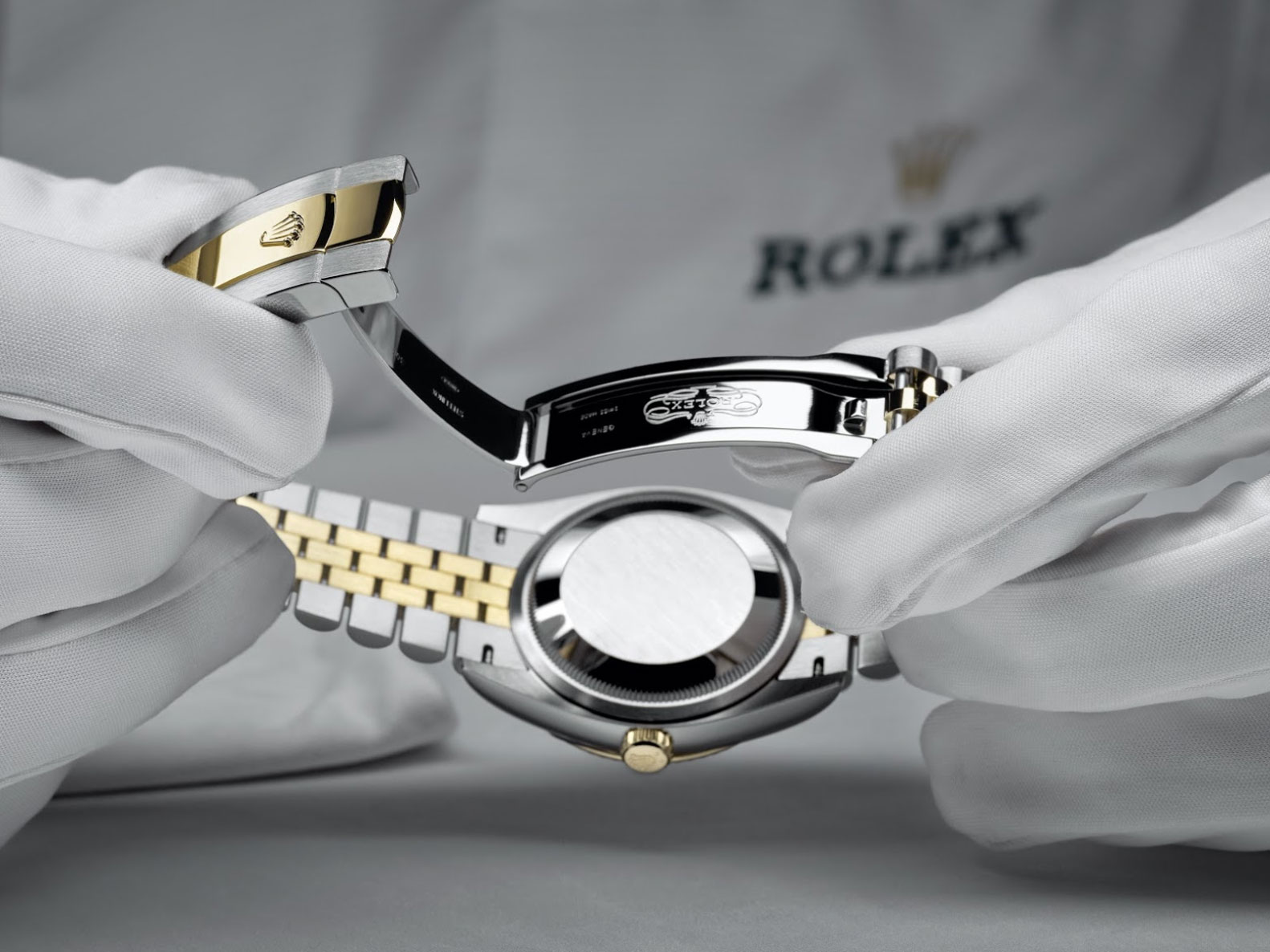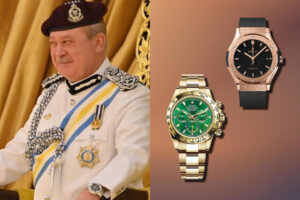Rolex watches are designed and built to last.
Driven by this belief, founder Hans Wilsdorf established from the get-go a network of watchmaking workshops around the world, called The Rolex World Service, tasked with ensuring that all of the brand’s watches could receive the best possible servicing and so preserve their excellent technical performance and a pristine appearance.
This is a big part why there is no limit on how long a Rolex watch can keep working, being handed down from one generation to the next, and living several lives. The watchmakers in the Rolex World Service workshops are specially trained by the company so as to ensure the quality and consistency of servicing operations worldwide.
They perform various types of procedures in adherence with Rolex standards, thereby guaranteeing the performance of the brand’s watches over time. Moreover, the availability of parts and labour is assured for every watch for at least 35 years following its withdrawal from the catalogue.
If you’ve ever wondered what your Rolex undergoes each time it is sent in for service, wonder no more as we bring you right into the heart of the workshop.
The Full Service
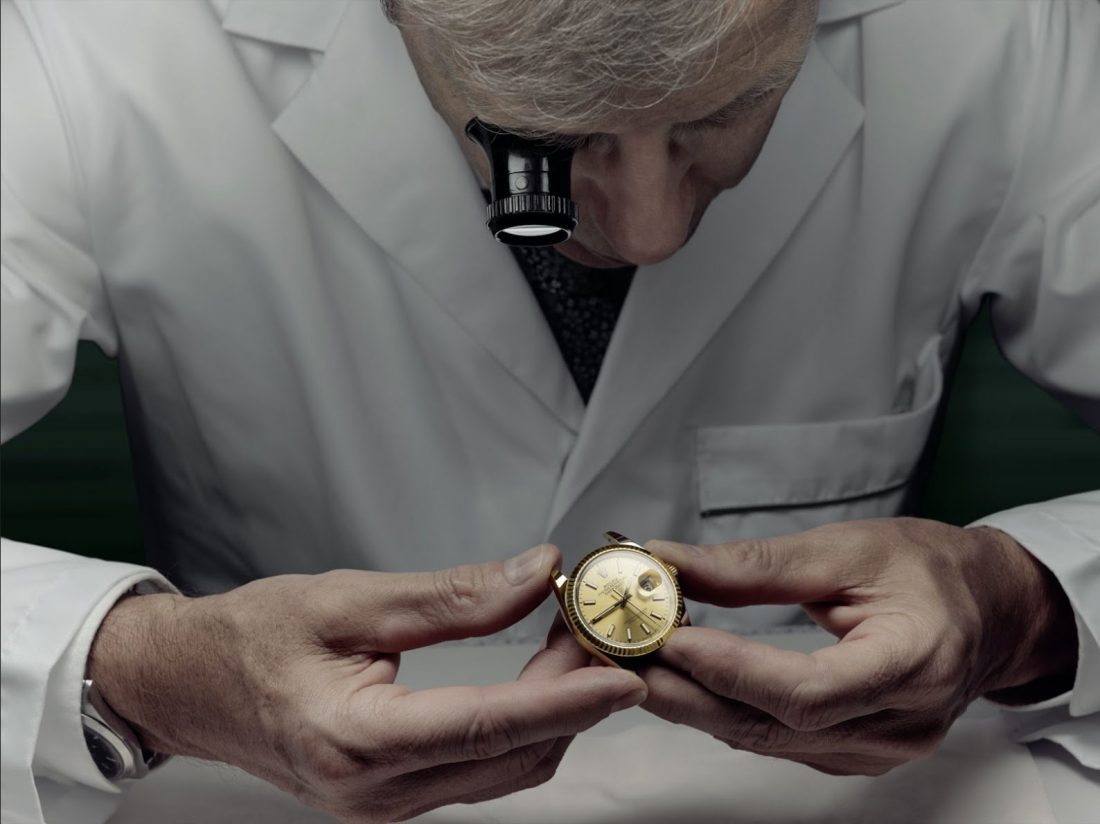
Once the watch has been received, assessed and the customer has approved the service estimate, the movement, case and bracelet follow separate servicing paths.
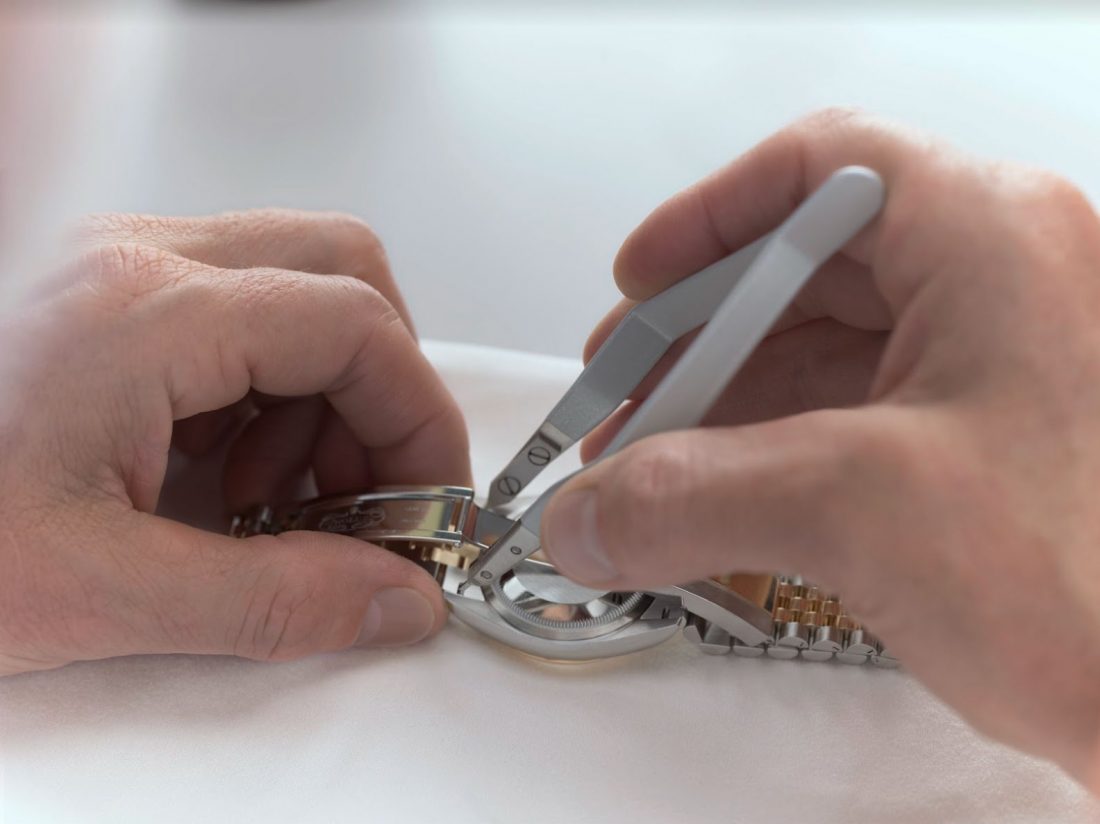
The watchmaker begins work by separating the bracelet from the case and delicately removing the movement, still fitted with its dial and hands.
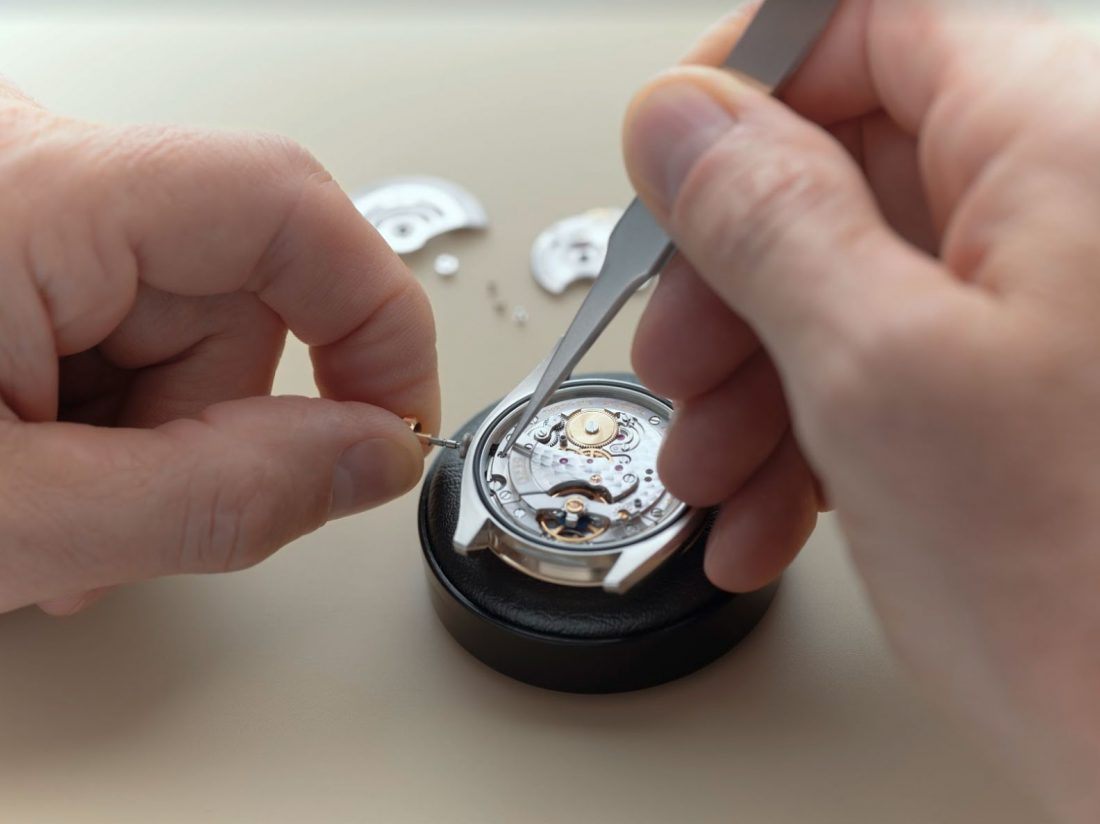
The dial and the hands are detached from the movement, which is itself completely dismantled. Each component is carefully examined to determine whether it still meets Rolex requirements – if this is not the case, it is replaced with a new part from the manufacture in Bienne, where Rolex movements are produced.
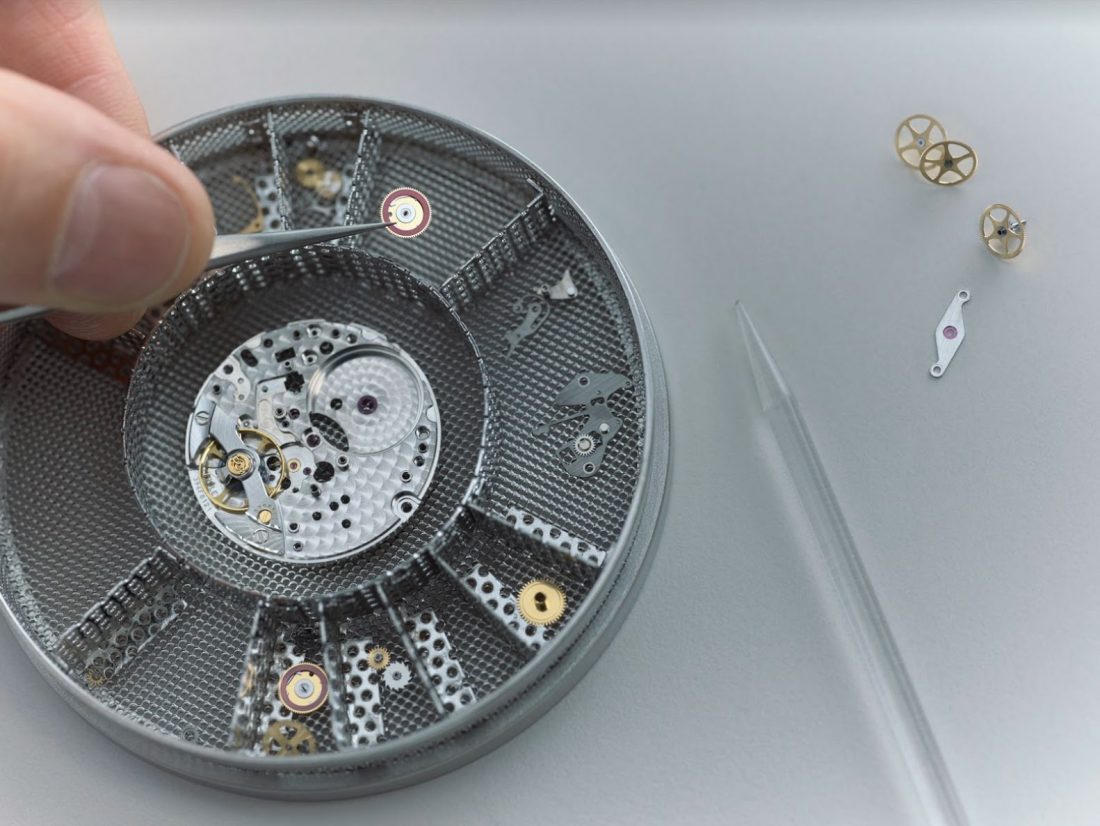
All components are cleaned in an ultrasonic bath to remove all traces of impurities, before being dried.
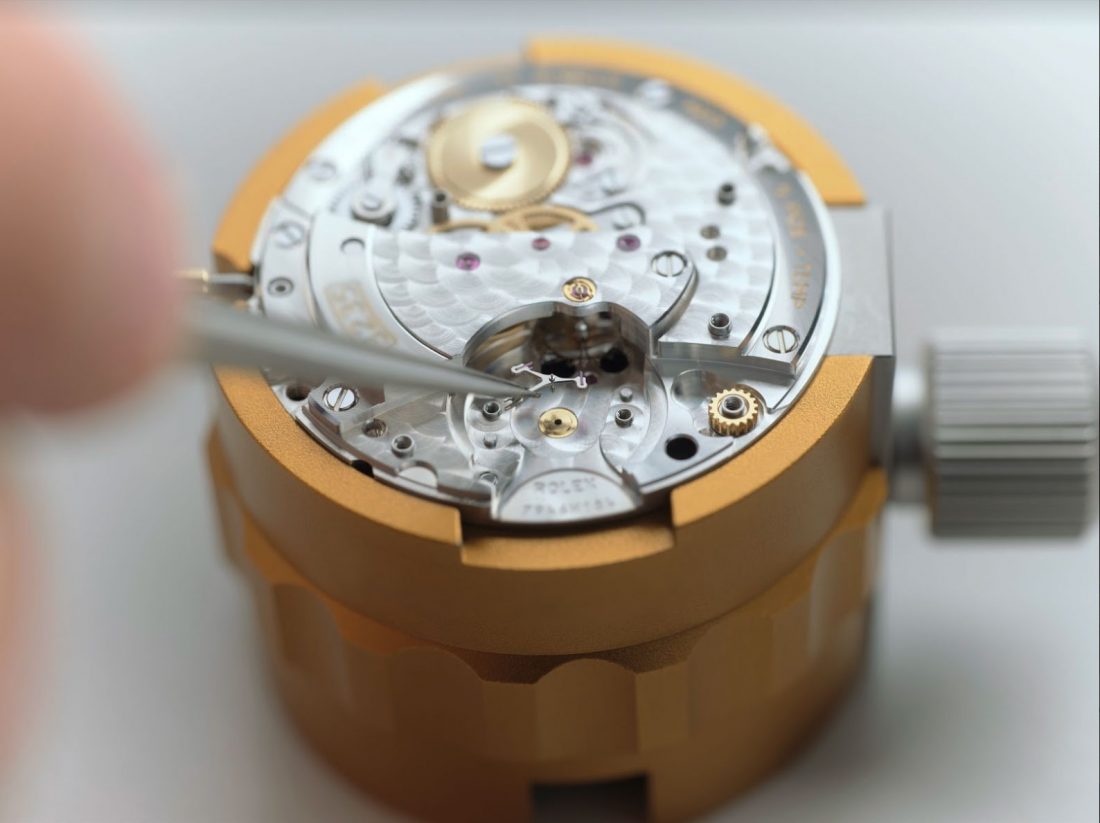
The movement is reassembled piece by piece in a set order, and lubrication is applied.
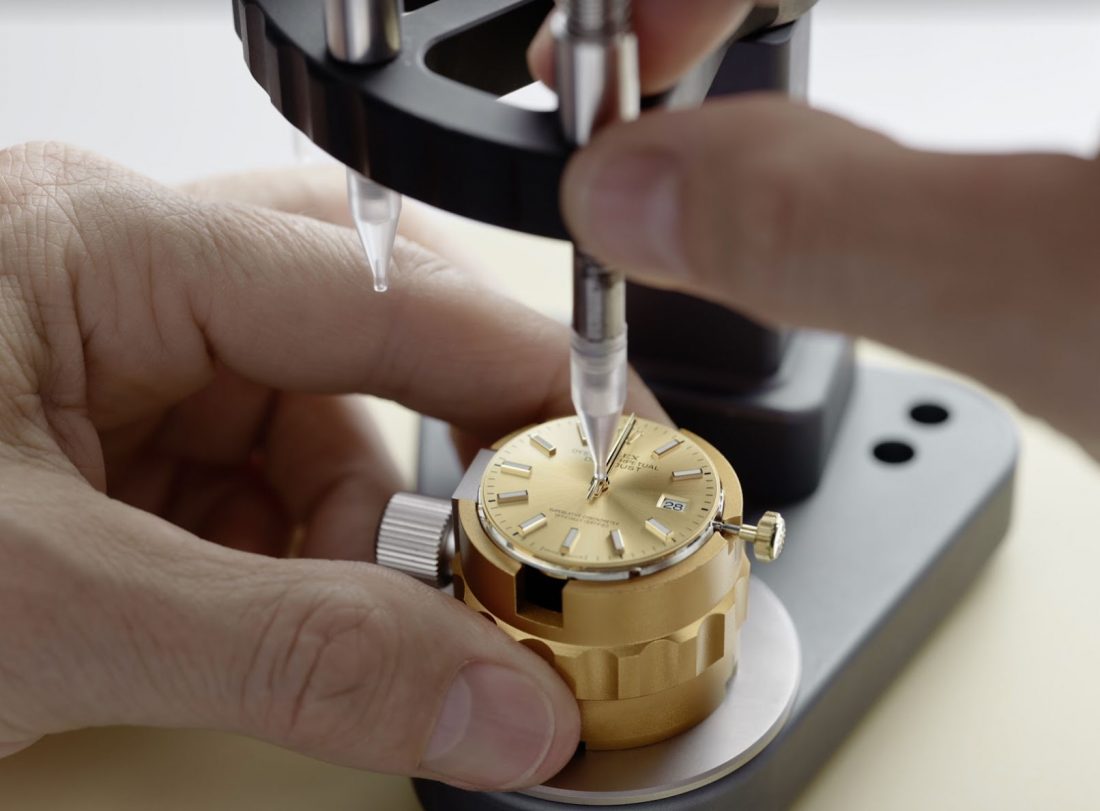
After making the first adjustments to the precision of the movement, the watchmaker then refits the dial and hands.
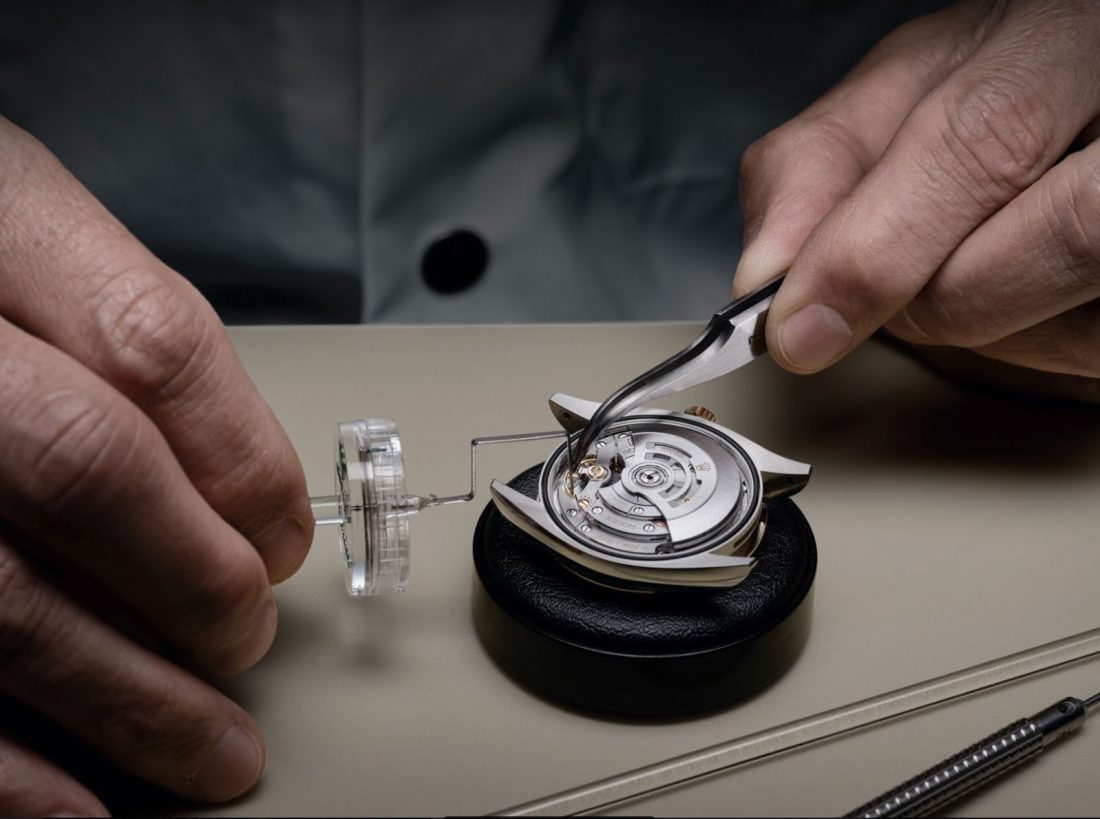
The case is also disassembled, and the parts, whether made from Oystersteel, 18 ct gold or 950 platinum, are individually re-polished or satin-finished by hand. These delicate finishing processes, which require great dexterity, restore the case’s sheen and lustre, whilst removing any marks or scratches.
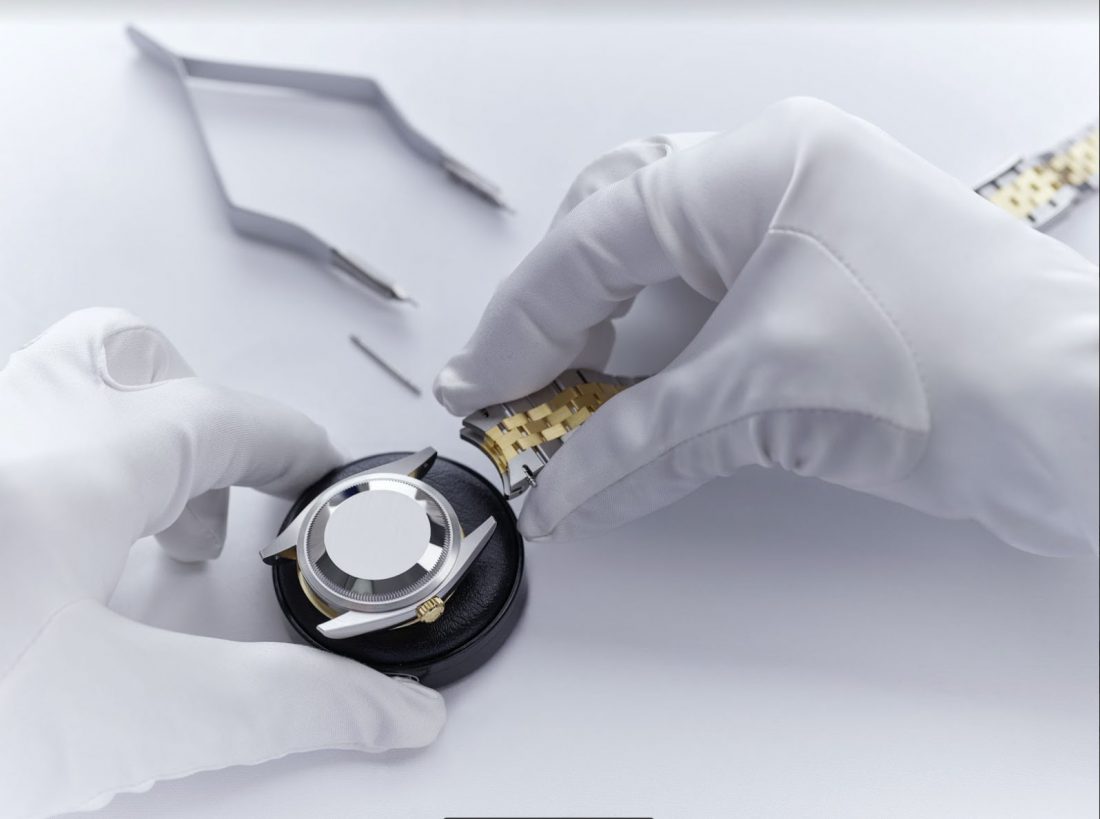
The seals are replaced, then the crystal, bezel and middle case are reassembled.
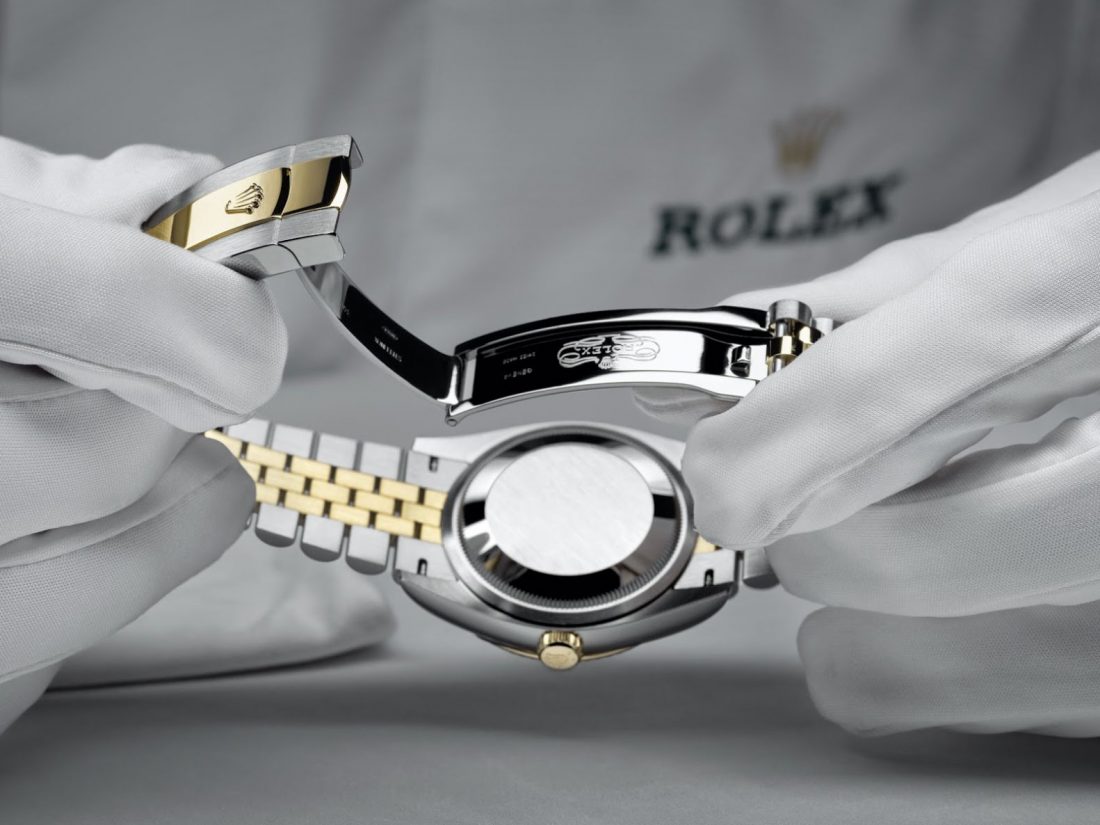
The bracelet receives a similar treatment to the case. Each link is painstakingly polished or satin-finished according to its original finish. The bracelet is then thoroughly cleaned.

The watchmaker gently puts the movement back into the case and measures its accuracy once again, making any adjustments necessary for it to achieve the expected chronometric performance. This is followed by a precision test lasting a minimum of 24 hours.

Next, the case is pressure-tested in water. With the waterproofness test passed and the bracelet refitted, the watch is ready for a final control – its rate and functions are checked, and its aesthetics verified to ensure an impeccable finish.
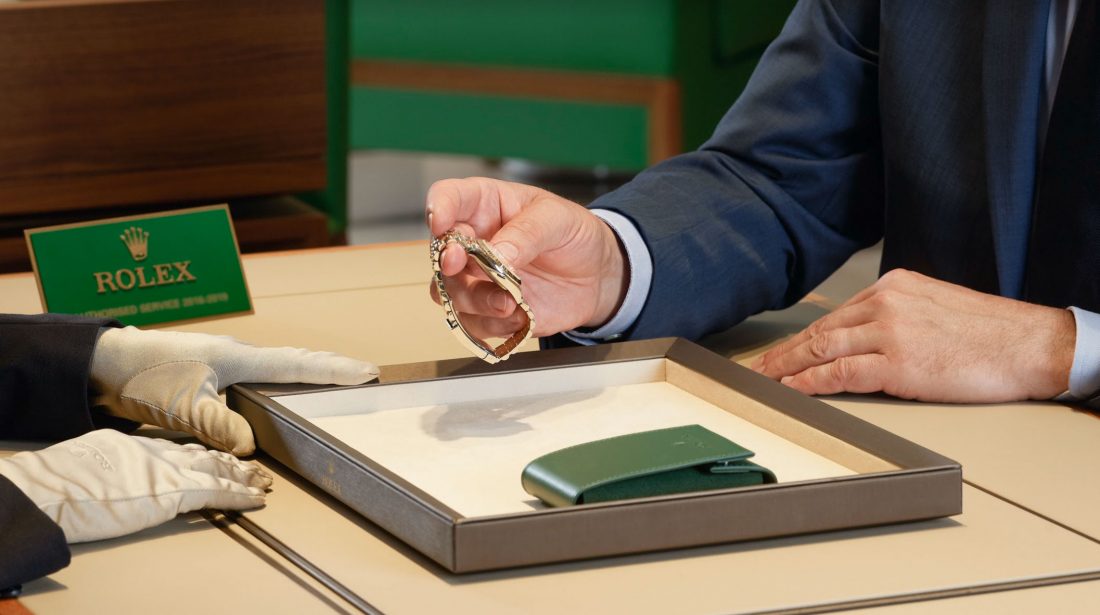
At the end of the process, the timepiece is placed in a pouch designed to protect it while it is not being worn, or during travel. The watch benefits from a two-year international guarantee covering the parts and labour.
Learn more about the Rolex World Service at the official website here.
(Photos: Rolex)




